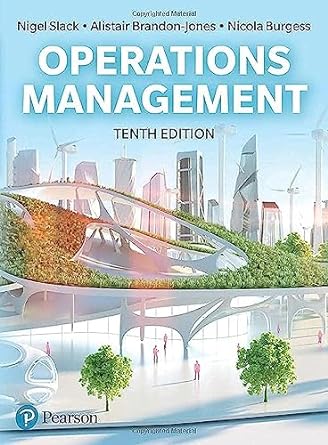2 Funding comes from a variety of sources; to restore the literally irreplaceable buildings we work on.
Question:
2 ‘Funding comes from a variety of sources; to restore the literally irreplaceable buildings we work on.
We try to reconcile historical integrity with commercial viability and rely on the support of volunteers.
So, we need to involve all stakeholders all the way through the project’ (Janine Walker, Chief Project Manager, Happy Heritage, a not-for-profit restoration organisation). Her latest project was the restoration of a 200-year-old ‘poorhouse’ as a visitor attraction, originally built to house the local poor.
Janine’s team drew up a list of stakeholders and set out to win them over with their enthusiasm for the project. They invited local people to attend meetings, explained the vision and took them to look round the site. Also, before work started, Janine took all the building staff on the same tour of the site as they had taken other groups and the VIPs who provided the funding. ‘Involving the builders in the project sparked a real interest in the project and the archaeological history of the site. Often, they would come across something interesting, tell the foreman, who would involve an archaeologist and so preserve an artefact that might otherwise have been destroyed. They took a real interest in their work, they felt involved’.
(a) Who do you think would be the main stakeholders for this project?
(b) How might not involving them damage the project, and how would involving them benefit the project?
Step by Step Answer:

Operations Management
ISBN: 978-1292408248
10th Edition
Authors: Nigel Slack ,Alistair Brandon-Jones ,Nicola Burgess





